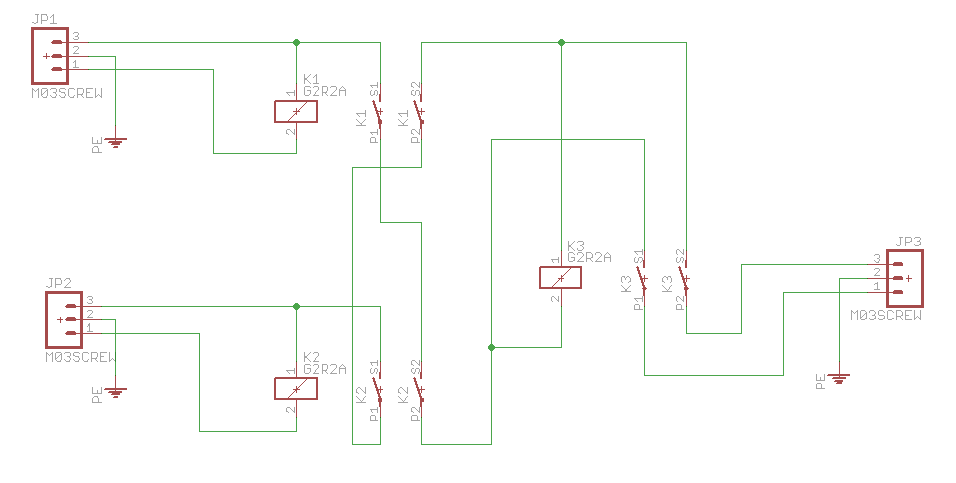QueenBee said:
TonyWilliams said:
I'm sure folks know that the "Quick220" is patented.
I guess we need to know when that runs out, and I'll offer a "safe" version.
IANAL but not until Sep 4, 2018

https://www.google.com/patents/US5977658" onclick="window.open(this.href);return false;
Publication number US5977658 A
Publication type Grant
Application number US 09/148,577
Publication date Nov 2, 1999
Filing date Sep 4, 1998
Priority date Sep 8, 1997
Fee status Paid
Inventors Duane W. Hoole
Original Assignee Hoole; Duane W.
Export Citation BiBTeX, EndNote, RefMan
Patent Citations (7), Referenced by (2), Classifications (9), Legal Events (3)
External Links: USPTO, USPTO Assignment, Espacenet
U.S. Utility Patents that were still in force on June 7, 1995, and U.S. Utility Patents that issued on or after June 8, 1995 from applications filed before June 8, 1995 have terms that are the longer of two possibilities: 1) 17 years measured from their issue dates, or 2) 20 years measured from the earliest applicable application filing date. This "longer of two possibilities" option applies to many U.S. Utility Patents that bear patent numbers between 4,094,014 and 5,900,000.
Most U.S. Utility Patents that remain active today expire 20 years measured from the earliest filing date of an associated Utility Patent application. However, if the owner of a Utility Patent fails to pay any of three Maintenance Fees that are due 3.5, 7.5 and 11.5 years following the issue date of the Utility Patent, the Patent lapses unless the unpaid Maintenance Fee is paid during a six-month grace period together with a Late Payment Surcharge Fee.
- See more at: http://www.cosemindspring.com/Topics/Legal/Intellectual%20Property/When%20Do%20US%20Patents%20Expire.aspx#sthash.TjE3Rxcm.dpuf" onclick="window.open(this.href);return false;



